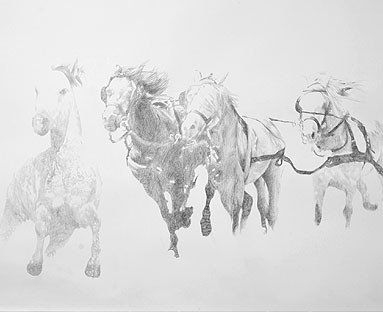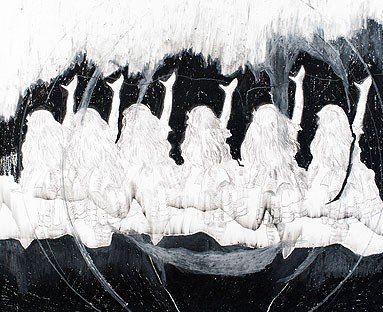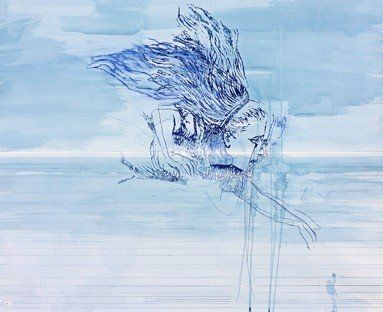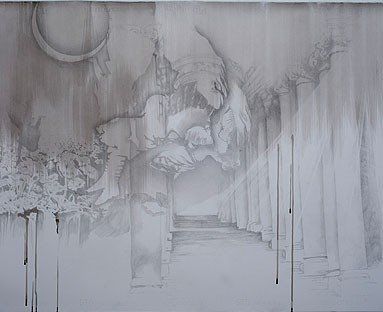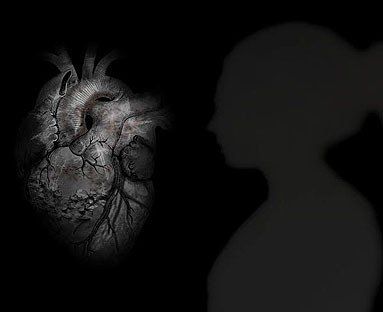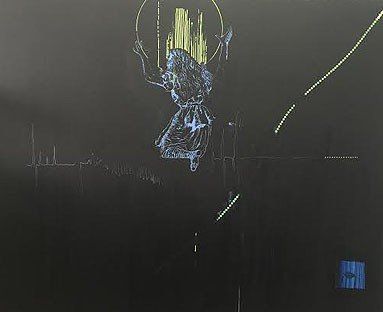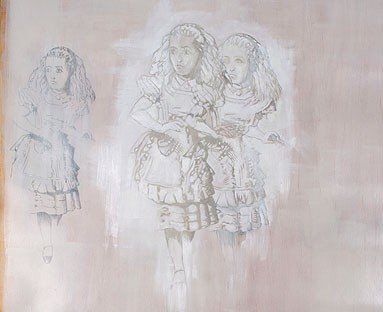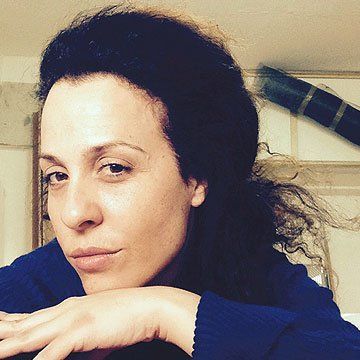
Yifat Bezalel
Prize for a Young Israeli Artist
Yifat Bezalel (born in 1975) graduated from the Bezalel Academy of Arts and Design in Jerusalem and is currently studying Jewish philosophy in the MA program at Tel Aviv University. Bezalel, who lives and works in Tel Aviv, began exhibiting her work in 2005 and has been participating in numerous exhibitions in Israel and abroad ever since. Some of her artworks are kept in eminent collections worldwide, including the Victoria & Albert Museum in London, in the Manuela Wirth collection (in Switzerland), the Kaye collection (England), and the Tel Aviv Museum of Art (Israel).
Yifat Bezalel’s drawing environments are like drawing structures or dream recitals. The experiential component is apparent in them and her works often incorporate narrative images originating in history and literature. Bezalel stretches the boundaries of drawing. Her work is mostly based on classic drawing, “pencils on paper”, but she expands it, using mixed media: ink, watercolors, oil, gouache paint, pasting, paper and wood. Her work is created in a precise manner, whether the image originates in the classic world or whether it’s contemporary. A great deal of Bezalel’s work is done using graphite pencils, whose marks are light, practically vanishing, characterized by colorful reduction. Video projections on a few of her works are evasive like ghosts, shadows of memories or fantasies.
Bezalel’s early drawing series was filled with themes from children’s shows: woven braids and drawings of the character of Alice from Alice’s Adventures in Wonderland, as well as Through the Looking Glass by Lewis Carroll.
The drawn characters are detached from their original narrative, they are duplicated and fragmented, formulating intricate scenes. Bezalel’s Alice is depicted as being on the verge of vigilance, falling down an abyss, limbo, a gateway to nowhere, a state of transition, a change that is permanent: “if Alice represents the capacity for change then her traditional drawing seems like an attempt to hold on to the drawing, to what used to be the measure of quality of artistic ability”. (The preoccupation with the motif of fabric-covered heads of the surreal artist Rene Magritte is also linked to the same state of threshold).
The journey through the rabbit hole, which represents the transition from one dimension to another, was substituted with a vision in Bezalel’s most recent project (“History of Fear”, which was presented at the Negev Museum of Art). This vision includes the projection of a meticulous plan of the Holy Temple’s floor, drawn with a pencil, creating the illusion of a widely gaping floor, deeply swallowing the building structure. This is the culmination of a long process of an artist researching the Hebrew culture, while focusing on a philosophical Jewish discourse on man’s incapacity to perceive God or to assign him shape and form, while at the same time to be present and to yearn to grow closer to him. The preoccupation with divine and worldly architectural structures, starting with the meticulous structure of the Holy Temple and through to the divine structure that was copied from the sacred national structure, mentioned frequently in the Hekhalot literature.


